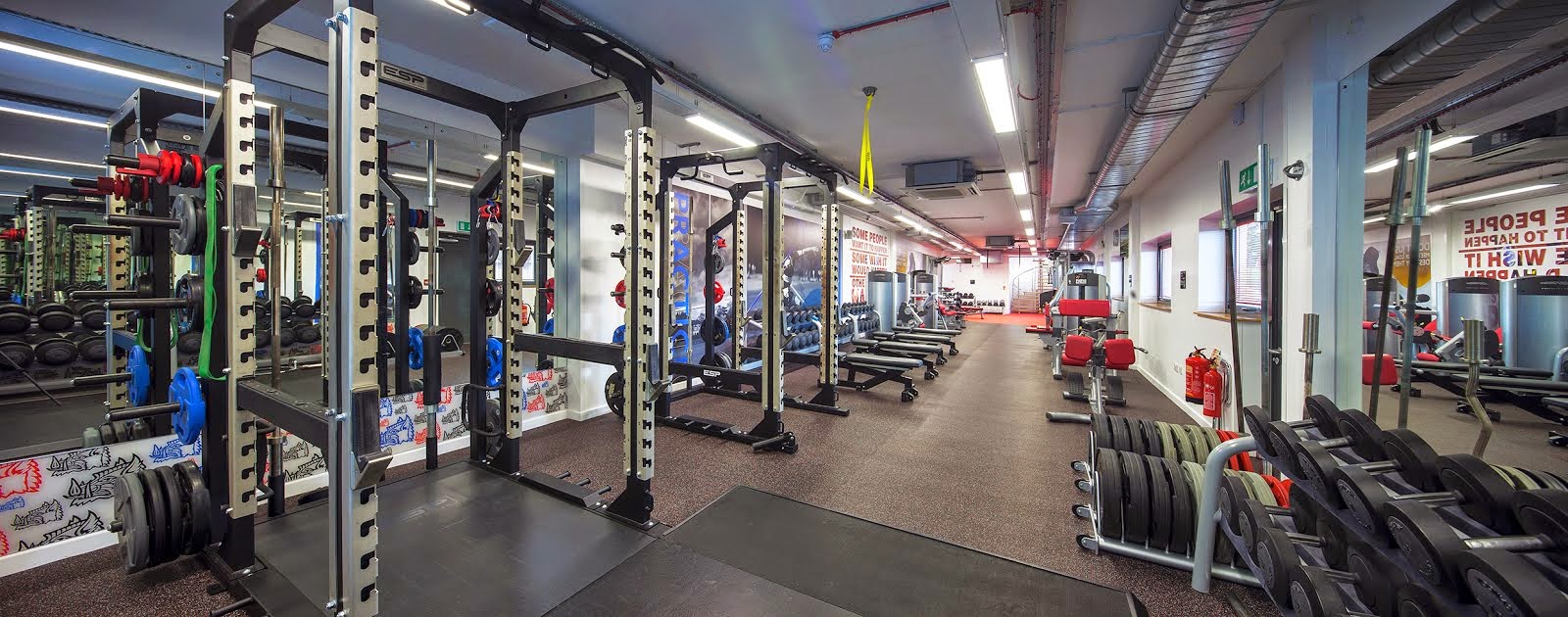One of the best ways to get lean and stay lean is to speed up your BMR (basic metabolic rate). Your BMR is the rate at which you burn calories whilst resting. If you layed in bed all day, your body would still burn calories to exist. To simply have your organs working, for breathing, for digestion etc, all of these use calories in the energy process.
However, your basic metabolic rate can be altered so that your body burns more calories on a daily basis, even if you don't exercise. Imagine if you could burn 500 extra calories a day before even getting active! That would be the equivalent of a spin class or a long run.
Here are some top tips to rev up that rate and reap the rewards:
Train with weights
The more muscle you produce, the higher your metabolsim. For every pound of muscle you put on your body, you burn an extra 50 calories a day. So if you gain 5 pounds of muscle, you can burn an extra 250 calories before you even get going! Think about it, muscle is living tissue that needs to be fed. It uses up energy to exist. One of the best things you can do is lift weights. Big compound movements are the best. Squats, deadlifts, presses, dips, chinups, etc, anything where you use more than one muscle group in an exercise.
Eat more Protein
Protein is great. Not only is it low in calories, but your body can't easily store it as fat , using it for essential tasks including muscle repair and to rebuild cells. Protein itself is very complex. It takes a lot for your body to digest it. The process of digesting protein in itself increases your metabolic rate. Protein also releases fat burning hormones!
Eat little and often
If you snack on the wrong foods, you could pile on the pounds. But trying to consume 3 mini meals and 3 snacks, instead of three large meals is proven to boost your metabolism. It is like throwing a log into a fire. The more often you throw them in, the stronger the fire burns. Try and incorporate protein with every meal and snack:
Breakfast - Eggs and rye bread
Snack - Cottage cheese and Pineapple
Lunch - Fish and salad
Snack - Low calorie protein shake or Almonds
Dinner - Chicken and roasted veg
Snack - Natural yogurt
All the above meals and snacks include protein of some form, through meat, fish, dairy or supllementation.
Do interval training
This means instead of doing long cardio sessions, you crank up the intensity by adding short, sharp bursts of effort. For example, 1 minute of gentle rowing followed by a 30 second sprint repeated 5-8 times. An interval will elevate your heart rate to a level that will in turn boost your metabolic rate. You will also get what is called oxygen debt. After your workout, your body is still working hard to get the oxygen back into the sytem after periods of anaerobic activity. Anaerobic means not using oxygen for energy. A sprint would be an example. You only have to look at a sprinter to see what great physiques they have. They never do long cardio sessions. Sprint training and weight training are the biggest part of their programmes.
Add spice to your food
This doesn't mean a takeaway every night from the local Indian restaurant! But adding spices like chilli to your meals can speed things up.
Eat Breakfast
When you sleep, the metabolism slows down. The best thing to get it going is to eat first things. Keep breakfast protein based.
Drink milk
Recent studies have shown that a deffiency in calcium can slow the metabolic rate down. Drinking milk and low fat natural yoghurt has been proven to lift this.
Oli.



